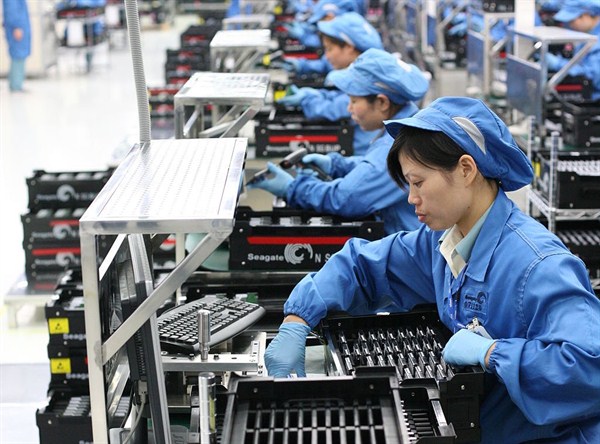Since the Fourth United Nations World Conference on Women and the adoption of the Beijing Platform for Action in 1995, many governments and international development institutions have expressed their commitment toward gender equality goals. Most development actors and policymakers, however, remain focused on a narrow interpretation of women’s empowerment and often argue for “investing in women and girls” as a means to achieve poverty reduction and GDP growth, rather than as an end in itself and as a matter of social justice.
For example, the main argument behind the slogan “gender equality is smart economics” coined by the World Bank in its Gender Action Plan 2007-2010 is that increasing female labor market participation and improving women’s access to assets such as land and credit is bound to generate productivity gains and boost economic growth. Hence gender equality makes perfect economic sense. As Silvia Chant and Caroline Sweetman put it, the main message is that gender equality “enables women to contribute their utmost skills and energies to the project of world economic development.” This slogan has been widely adopted by a number of other actors in the development community, including international aid ministries; U.N. organizations; international nongovernmental organizations; and socially responsible businesses, for example, the Nike Foundation, which produced a promotional video on the “girl effect.”
Less attention is paid to the ways in which economic development can be planned to help women.

